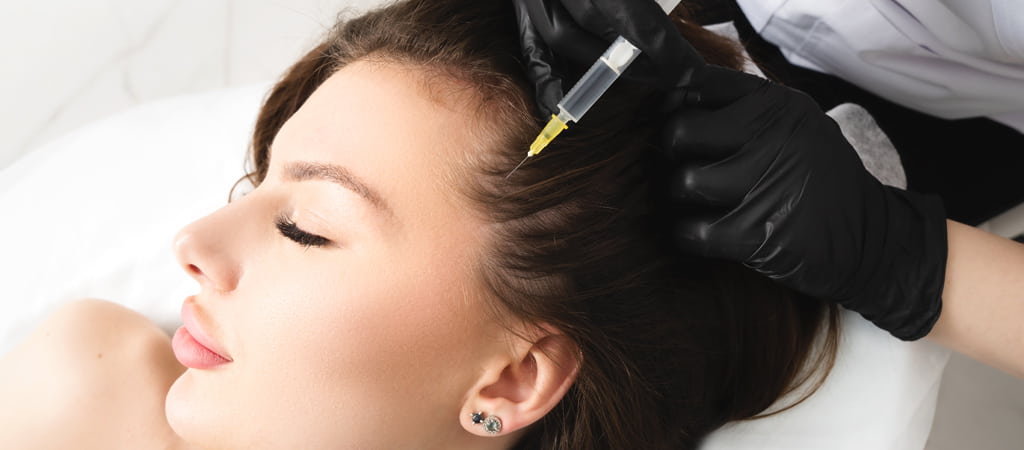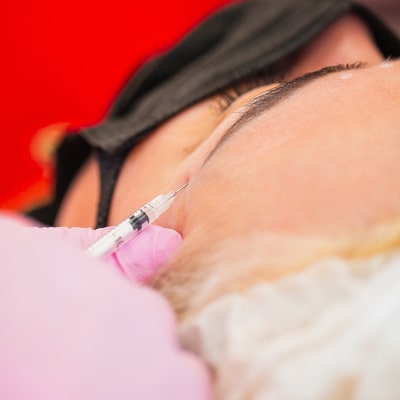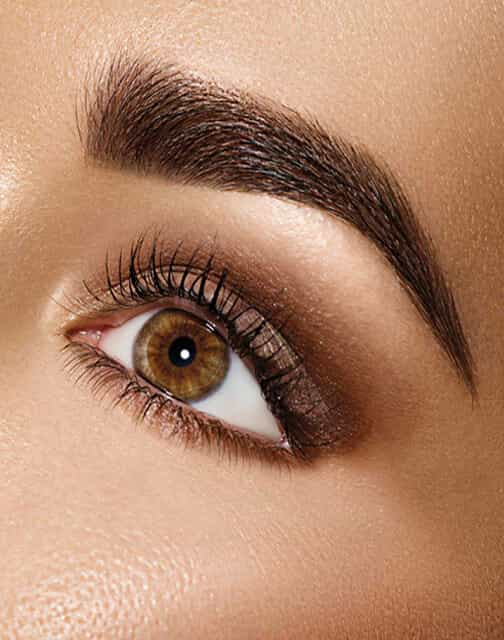What is a Temple Filler?

A temple filler is a treatment to eliminate the look of sunken skin and sagging on the skin surface due to aging or genetic factors. Hyaluronic acid fillers are used to shape facial contours or to eliminate the signs of wrinkles. Loss of fat tissues in the temple area lead to sagging in the eyebrows and forehead. Due to the thin skin structure and mimic movements, that particular area is prone to wrinkles, affects eye muscles and creates sagging. As in various filler procedures, an experienced physician must perform the temple filler treatment. Cheekbone proportions are very important, therefore this procedure should be performed without disrupting the overall proportion of the face. It is recommended that only experts in this field should perform this treatment.

Who Are Temple Fillers Suitable For?
Temple fillers can be applied to just about anyone in great health. Individuals interested in this procedure should seek advice from a specialist in the field. Who the treatment is suitable for is just as important as who it’s not suitable for.
Temple fillers can be applied on men and women between the ages of 18-65. The amount of material in the application increases for men, due to a men’s facial measurements being larger. In this respect, the side effects do not differ and the same side effects are encountered.
Temporal filling is generally not recommended in the following cases;
- Individuals with serious skin infections and people who are allergic to the active substance used
- Pregnant and nursing mothers
- Diabetes patients undergoing treatment.
- Individuals with heart disease and a history of stroke
- Individuals who have problems with blood clots
Individuals with any health problems should share the information with their physician before the procedure and a decision should be made according to the examination.
How Is A Temple Filler Done?
Depending on the overall condition of the dent and sagginess in the temple area, gradual filling may be recommended by the specialists. The filler shows its effect immediately after the treatment is over. Local anesthetic cream is applied to the temple area before the procedure, and after about 15-20 minutes when the effect of the cream has taken place, the area is disinfected as necessary. The filler is then injected with a needle, where the patient should not feel any pain.
Recovery Process After A Filler
The healing process may vary in patients. For individuals who don’t have prominent lines with mimic movements, the recovery will be quite short. As the filler is applied as a thin layer, it is recommended that temple fillers be repeated for maximum results. The permanence of temple filling is approximately 1.5 years. After this period, the same procedure will be required again. This period may vary depending on the age and skin type of the temple area. Furthermore, products used during aftercare also affect the permanence of the filler. The use of the moisturizer that’s recommended by the physician after the filler is important to accelerate the healing process and to see the positive results.
While temple fillers provide a clearer appearance in facial asymmetry, this procedure also affects the forehead and eyebrows. Dents in the temples appear as sagging in the forehead and eyebrows. Fillers are also effective on facial contours, so deterioration in these areas is also prevented.
Benefits Of Temple Fillers
- While a voluminous look is achieved facial features look more prominent and outstanding.
- The appearance of wrinkles disappear and a lifted and vibrant look appears on the forehead and eyebrows.
- By filling the sunken temples, facial features gain a more proportional and symmetrical appearance.
- It’s important that this procedure provides a natural look. While exaggerated fillers are not recommended by experts in terms of appearance, a facial expression that loses its naturalness is obtained. It is important that the procedure is performed by a physician.
- While temple sinking begins after the age of 40, it can be noticed in individuals who experience teeth clenching and sudden weight loss. It can also be seen in people with genetic predisposition.
Temple Fillers FAQs
Where are the temples located on the face?
Where are the temples located on the face?
On both sides of the face, just above the cheekbones.
Are temple fillers harmful?
Are temple fillers harmful?
There is no known harm of the procedure. Swelling, bruising, itching or a headache may occur in the application area, however these conditions are quite normal and it has been observed that it should subside in a few days.
Why do temples collapse?
Why do temples collapse?
Collapsed or sunken temples are a common condition that can be seen within the course of aging. Weakening of muscle tissues, thinning of the skin and loss of fat tissues may occur in the area. These changes in the temples can lead to a sunken appearance.
What should be considered after temple filler?
What should be considered after temple filler?
It is recommended to avoid medication and foods that have a blood thinning effect, one week before the procedure. It is advised not to be exposed to extreme heat or cold after a filler application. As hyaluronic acid is naturally found in the human body, side effects are minimized. This treatment can also be recommended for hooded eyelids or to restore the oval shape of the face.
Does a temple filler also lift the eyebrow?
Does a temple filler also lift the eyebrow?
A temple filler also acts on the surrounding areas such as eyebrows and eyelids, providing a lifting effect.





